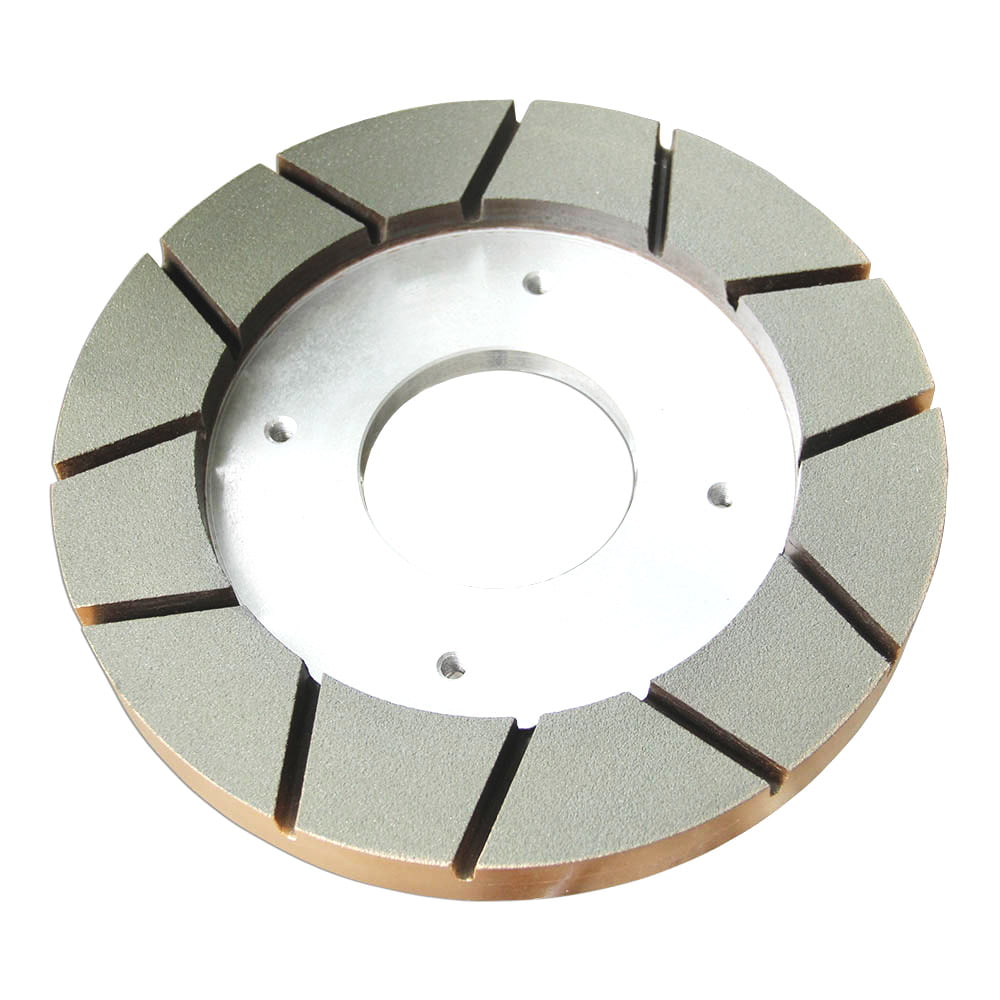In the world of manufacturing and DIY projects, abrasives are the unsung heroes that help us achieve the perfect finish. Whether you're a seasoned professional or a hobbyist, understanding the different types of abrasives can make all the difference in your work. Let's dive into the three main types of abrasives: bonded, coated, and non-woven abrasives, and explore how each can transform your projects.
Bonded Abrasives: The Precision Powerhouses
Bonded abrasives are the go-to tools for precision and heavy-duty tasks. These abrasives combine abrasive grains, fillers, and bonding agents to create robust products like grinding discs, cut-off wheels, and mounted points. Imagine a chop saw blade slicing through metal with ease or a hand-held grinder smoothing out rough edges – that's the power of bonded abrasives.
How They're Made
Bonded abrasives are crafted using various bonding materials such as resin, rubber, or glue. The abrasive grains, which can range from aluminum oxide to diamonds, are mixed with these bonding agents and applied to a backing sheet. This process ensures that the abrasive particles are securely locked in place, ready to tackle any task.
Applications
From grinding and cutting to beveling and sharpening, bonded abrasives are versatile. They are particularly useful in applications that require precision finishes, making them a staple in many workshops and manufacturing facilities.
Coated Abrasives: The Durable Dynamos
Coated abrasives are known for their durability and stability. These abrasives feature a protective resin coating that locks in the abrasive particles, ensuring they stay in place even under intense use. This makes them ideal for tasks that require consistent performance over a long period.
How They're Made
The manufacturing process involves applying a base coat of adhesive to a flexible backing material like paper, rubber, or cloth. The abrasive grains are then applied electrostatically to ensure an even spread and the right orientation. This method guarantees that the abrasive particles are securely attached and ready for action.
Applications
Coated abrasives are used in a variety of products, including sandpaper, abrasive belts, and discs. They are perfect for smoothing, polishing, and finishing surfaces, making them a favorite among both professionals and DIY enthusiasts.
Non-Woven Abrasives: The Flexible Specialists
Non-woven abrasives offer a unique blend of flexibility and finesse. Unlike their bonded and coated counterparts, these abrasives are made from a web of fibers that are impregnated with abrasive grains. This design makes them perfect for finer abrasive jobs where precision and gentleness are key.
Applications
Non-woven abrasives are often used for polishing and cleaning delicate surfaces. They are versatile and can be used in various forms, such as pads, rolls, and wheels. Their flexibility allows them to conform to irregular surfaces, making them ideal for detailed work.
Lappato Abrasives: A Special Mention from BASAIR
While not one of the three main types, Lappato abrasives from BASAIR deserve a special mention. These specialized tools are designed to polish and hone ceramic and stone surfaces, creating a unique finish that is both glossy and textured. Infused with diamond resin, Lappato abrasives use water lubrication to control temperature and prevent overheating, ensuring a smooth and even finish.
Why Choose BASAIR?
BASAIR stands out for its commitment to quality and innovation. Their Lappato abrasives are made from top-grade materials using advanced manufacturing techniques, ensuring exceptional quality and longevity. With a global reputation and over 15 years of experience, BASAIR is a trusted name in the tile production industry.
Conclusion
Choosing the right abrasive for your project can be daunting, but understanding the differences between bonded, coated, and non-woven abrasives can make all the difference. Whether you're working with metal, wood, or ceramic tiles, each type of abrasive has its unique strengths and applications. By selecting the right tool for the job, you can achieve professional-grade results with ease. So next time you're at your workbench, remember the power of abrasives and how they can transform your projects into masterpieces.



